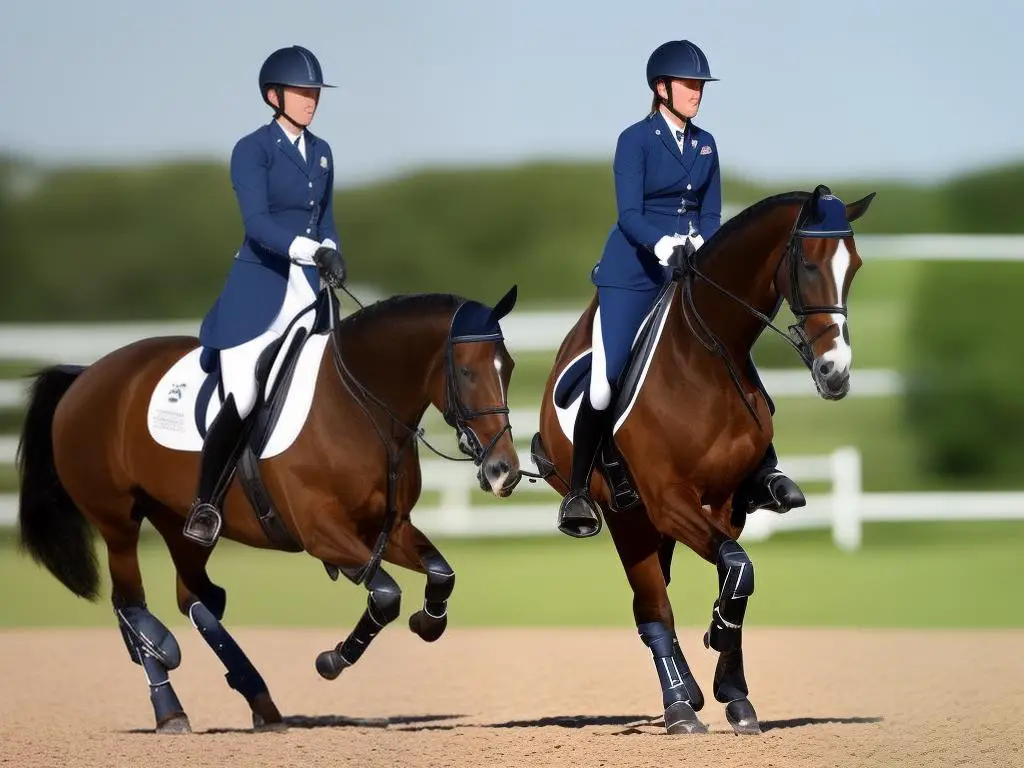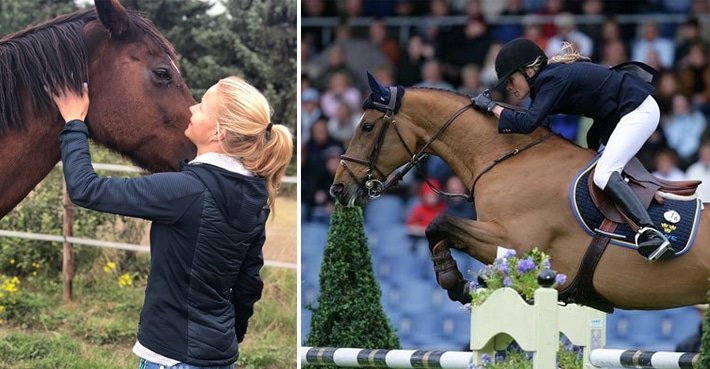Warmblood foals are a joy to behold with their natural grace, athleticism, and potential for excellence in various equestrian disciplines. However, raising and caring for a Warmblood foal requires a solid understanding of their unique needs and development stages. In this article, we’ll explore what you need to know about these remarkable young horses, from their care and training to their growth and health considerations.

Understanding Warmblood Foals
Warmbloods are a group of horse breeds known for their athleticism, intelligence, and versatility. Popular breeds like Hanoverians, Dutch Warmbloods, and Oldenburgs are highly sought after for dressage, jumping, and eventing. Warmblood foals inherit these traits, but nurturing their potential begins early.
Care Essentials for Warmblood Foals
1. Nutrition for Healthy Growth
Warmblood foals grow quickly, and proper nutrition is essential to support their development. During the first few months, they rely on their mother’s milk, which provides the nutrients they need. Around 4 to 6 months, you can introduce high-quality foal feed with a balanced mix of protein, fiber, vitamins, and minerals.
Avoid overfeeding, as Warmbloods are prone to rapid growth, which can lead to developmental issues. Providing the right balance ensures healthy bone and muscle development. Consult a veterinarian or equine nutritionist to design a diet suited to your foal’s needs.
2. Safe Environment for Exploration
Foals are naturally curious and active, so they need a safe environment to explore and play. A spacious pasture with secure fencing is ideal. Make sure there are no hazards, such as sharp objects or loose wires, that could harm them.
Early socialization is also important. Allow your foal to interact with other young horses in a controlled setting. This helps them develop social skills and learn herd dynamics.
3. Veterinary Care and Health Monitoring
Regular veterinary check-ups are essential for Warmblood foals. Ensure they receive vaccinations and deworming treatments on schedule. Your veterinarian can also check for any signs of developmental disorders, such as angular limb deformities or joint issues.
Monitoring your foal’s weight and growth is crucial. Keep a growth chart to track their progress and ensure they’re developing within a healthy range.
Training and Handling Tips for Warmblood Foals
Early Handling Builds Trust
Start handling your Warmblood foal within the first few days of their life. Begin with simple tasks like touching and grooming to help them get used to human interaction. This early exposure builds trust and reduces the likelihood of fear-based reactions later.
Teach Basic Skills Gradually
Introduce basic skills such as haltering, leading, and standing tied when your foal is a few weeks old. Keep training sessions short and positive to avoid overwhelming them. Use gentle techniques and reward good behavior with praise or small treats.
Groundwork Sets the Foundation
As your Warmblood foal grows, focus on groundwork exercises to teach them respect and responsiveness. Practice leading, walking over poles, and moving away from pressure. Groundwork not only prepares them for future training but also strengthens your bond.
Avoid Overtraining
Warmbloods mature more slowly than some other breeds, both physically and mentally. Avoid overtraining or pushing them too hard at a young age. Instead, allow them time to develop naturally, focusing on gradual progress.
Understanding Growth Stages
Birth to Weaning (0–6 Months)
During this stage, Warmblood foals rely on their dam for nutrition and guidance. This is a critical period for bonding and socialization. Ensure they have plenty of opportunities to interact with other foals and their environment.
Weaning to Yearling (6–12 Months)
Weaning can be stressful for foals, so it’s important to handle the process carefully. Gradually separate them from their dam while ensuring they still have companionship from other horses. During this stage, foals start to develop their independence and learn new skills.
Yearling to Two-Year-Old (12–24 Months)
Warmblood foals experience significant growth during this period. It’s important to continue monitoring their weight and providing a balanced diet to support their development. This stage is also ideal for introducing light groundwork and building their confidence.
Common Challenges and How to Address Them
Rapid Growth and Developmental Issues
Warmblood foals are prone to rapid growth, which can lead to joint problems like osteochondrosis. To prevent this, ensure their diet is balanced and monitor their growth rate. Avoid feeding excessive amounts of energy-rich food.
Fear or Behavioral Issues
Some foals may display fear or resistance to handling. Address these issues early with gentle, consistent training. Use positive reinforcement to encourage good behavior and build their confidence.
Weaning Stress
Weaning is a major transition for foals and can cause stress. To minimize this, wean them gradually and ensure they have a companion to provide comfort during the process.
Conclusion
Warmblood foals are full of potential, but their journey to becoming strong, healthy horses begins with proper care, nutrition, and training. By understanding their unique needs and taking a patient, consistent approach, you can help your Warmblood foal grow into a confident and capable equine partner. With the right guidance, these foals can achieve great things in their future disciplines while forming a strong bond with you.











